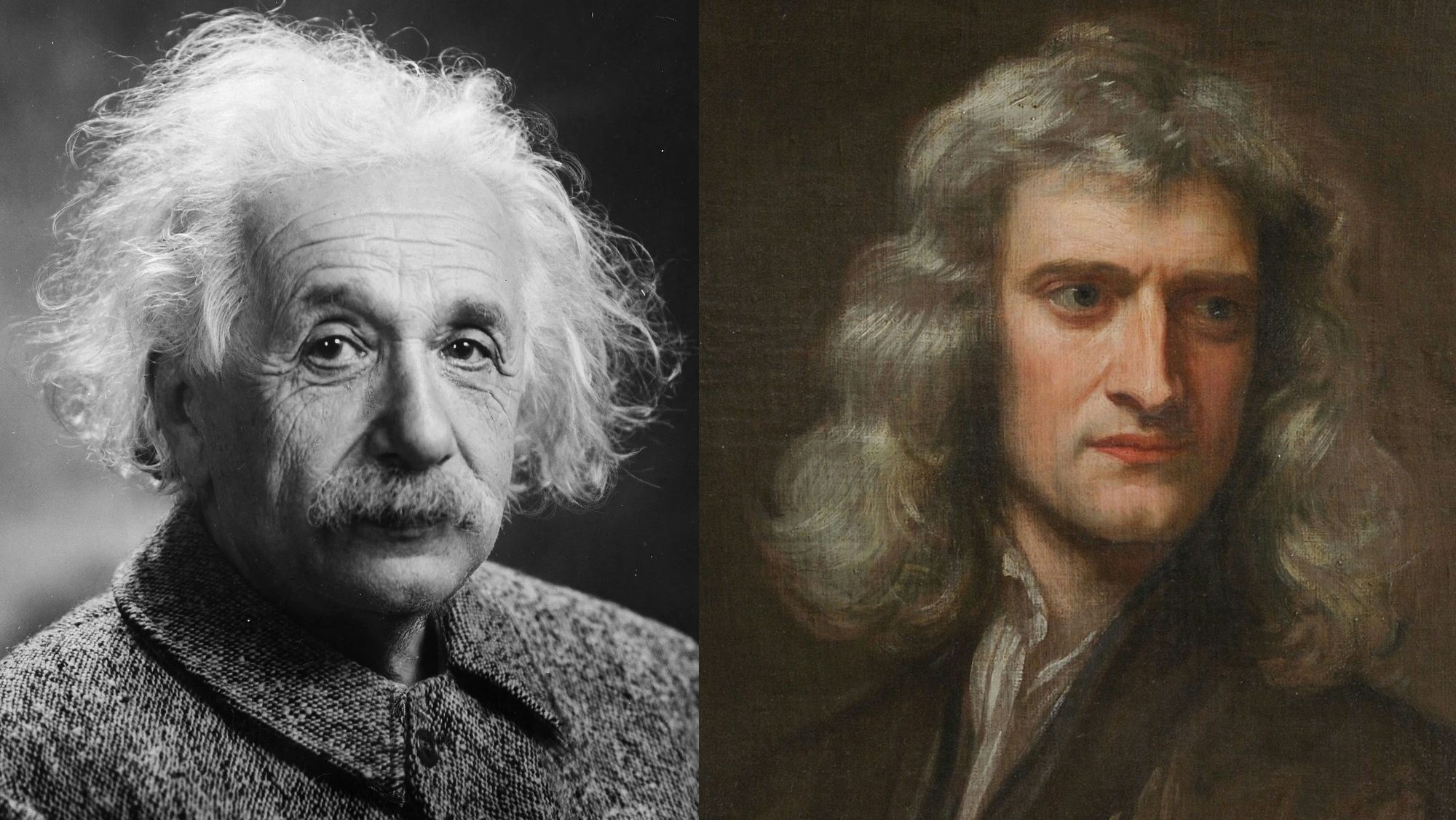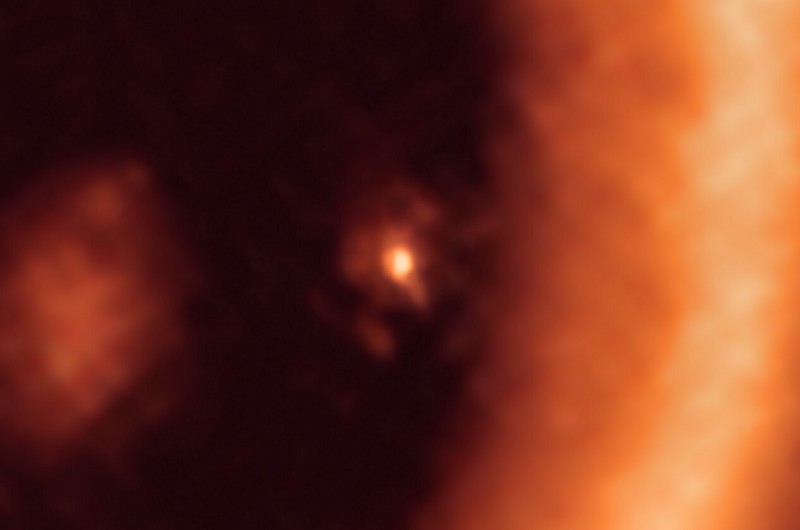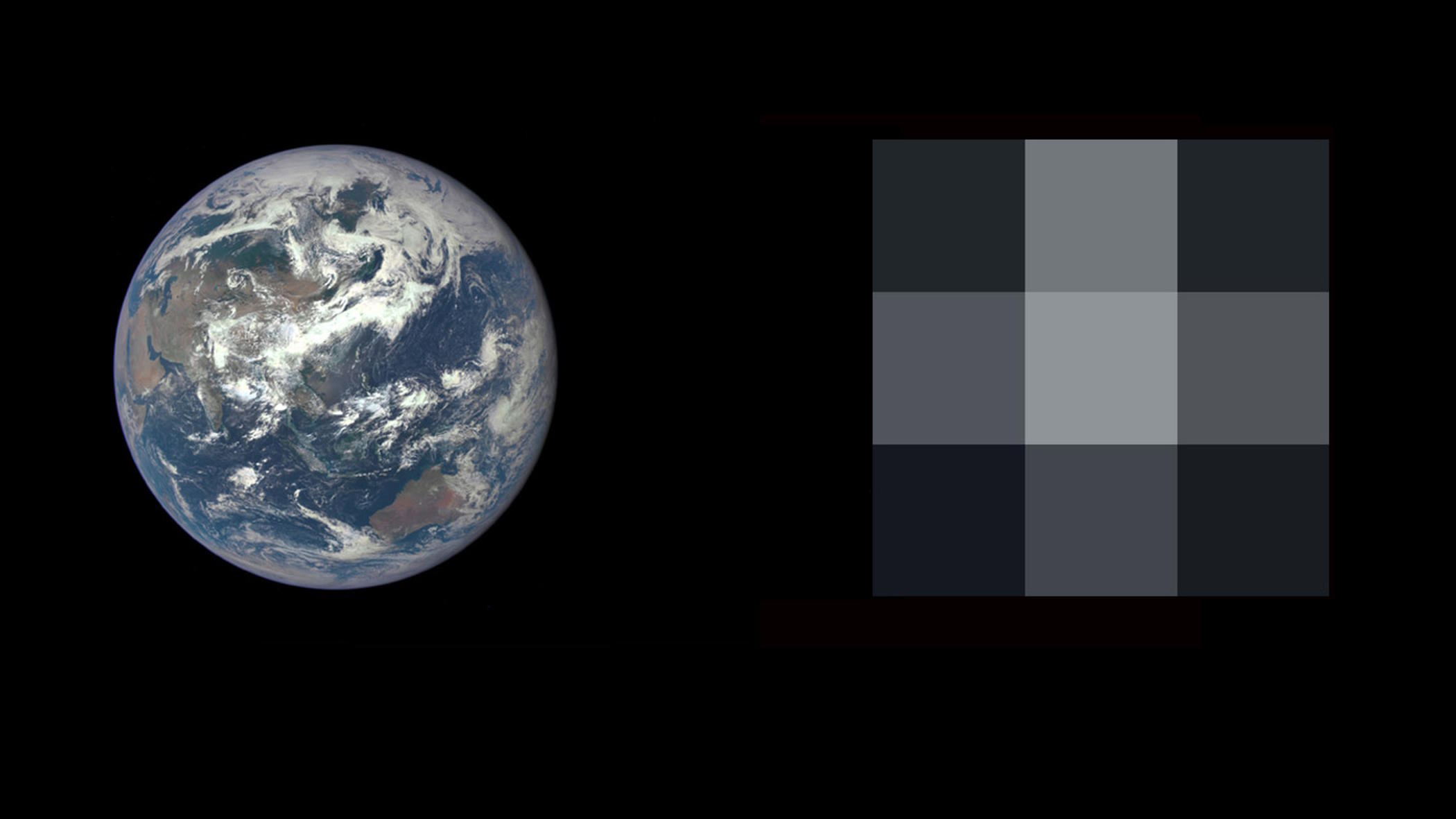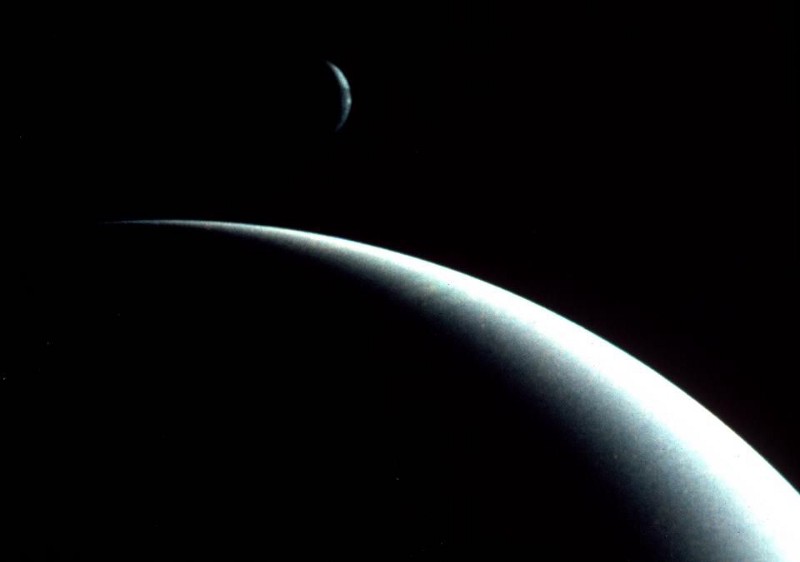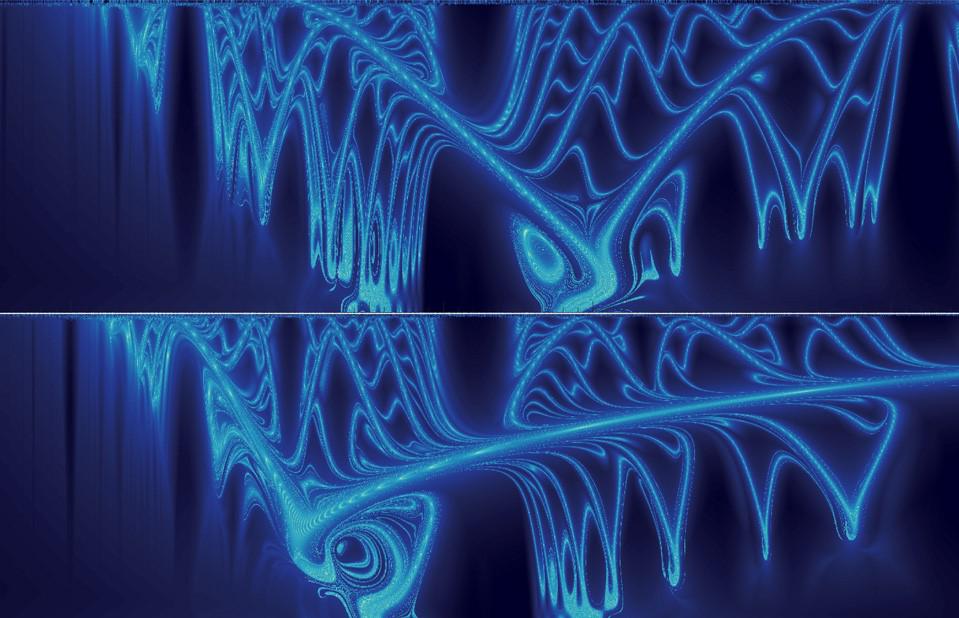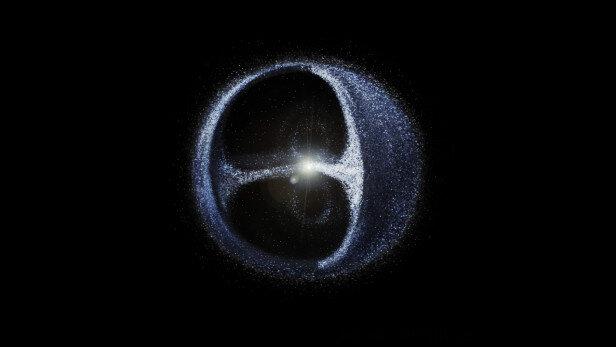Each of our three nearest stars might have an Earth-like planet in orbit around it. Here’s what we’ll learn when we finally observe it.
Search Results
You searched for: Neptune
Much like computing technology, the Great Red Spot has been getting smaller and faster over the last few years.
A new study shows that the Bernardinelli-Bernstein Comet is much larger than previously thought — potentially the largest ever spotted.
The definitive answer requires better, unbiased data. Despite all the advances that have occurred in human history, one extraordinary puzzle still remains right in our own backyard: we aren’t sure how […]
There was a lot of hype and a lot of nonsense, but also some profoundly major advances. Here are the biggest ones you may have missed.
JWST just found its first transiting exoplanet, and it’s 99% the size of Earth. But with no atmosphere seen, perhaps air is truly rare.
65 million years ago, a massive asteroid struck Earth. Not only did Jupiter not stop it, but it probably caused the impact itself.
In our Solar System, even the two brightest planets frequently align in our skies. But only rarely is it spectacularly visible from Earth.
The Universe is grand, awe-inspiring, and greater than we likely imagine. Even astrophysicists get anxious thinking about it, but we cope.
Einstein’s “happiest thought” led to General Relativity’s formulation. Would a different profound insight have led us forever astray?
Think there are habitable super-Earths out there? Think again. Here in our Solar System, we have two very distinct types of planets: small, terrestrial, rocky worlds, with thin (or no) atmospheres […]
Science is for everyone, even those possessing strongly held beliefs that seem to conflict with the best available evidence.
We just observed the first ‘lunar formation’ in an exoplanetary system. This one image, above, is the first to show moons actively forming around a planet. This colourful image shows […]
NASA has finally chosen which flagship mission, like Hubble and JWST, will launch in ~2040. Detecting alien life is now a reachable goal.
Jupiter’s mysterious auroral events are caused by vibrating waves of plasma.
The sky is blue. The oceans are blue. While science can explain them both, the reasons for each are entirely different.
Tiny fluctuations in old Kepler data reveals four runaway planets that are reminiscent of Earth.
NASA is creating a planet habitability index, and Earth may not be at the top. With our current data, ranking habitability is guesswork.
Phobos and Deimos only have two explanations, and neither one adds up.
The largest moon around our last planet didn’t originate with Neptune. When it comes to the moons of our Solar System, there’s only one planet that doesn’t fit in with our […]
A newly discovered “ultrahot Jupiter” has the shortest orbit of any known gas giant.
Want some crazy space phenomena? You don’t have to leave the neighborhood for it.
Unless you have a critical mass of heavy elements when your star first forms, planets, including rocky ones, are practically impossible.
Even though the leftover glow from the Big Bang creates a bath of radiation at only 2.725 K, some places in the Universe get even colder.
Scientists find routes using arches of chaos that can lead to much faster space travel.
Astronomers possibly solve the mystery of how the enormous Oort cloud, with over 100 billion comet-like objects, was formed.
In all of science, no figures have changed the world more than Einstein and Newton. Will anyone ever be as revolutionary again?
Even at its faintest, Venus always outshines every other star and planet that’s visible from Earth, and then some!
If dark matter exists in a large halo in our galaxy, made up of particles, then it’s passing through us constantly. But how much?
Saturn’s Iapetus, discovered way back in 1671, has three bizarre features that science still can’t fully explain.









